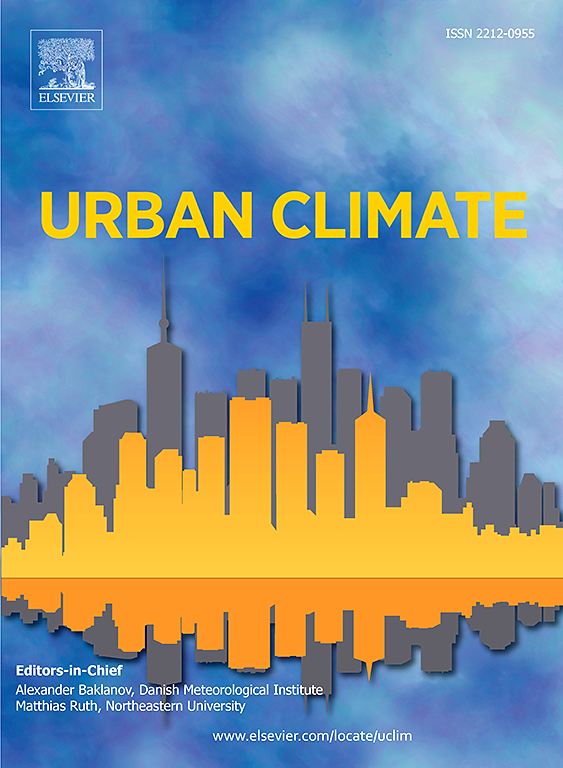Investigating 2D/3D factors influencing surface urban heat islands in mountainous cities using explainable machine learning
IF 6
2区 工程技术
Q1 ENVIRONMENTAL SCIENCES
引用次数: 0
Abstract
Surface urban heat islands (SUHI) pose significant risks to human health and urban sustainability. While the impact of urban features on SUHI has been widely studied, research on the influence of 2D and 3D indicators in mountainous cities remains limited. This study introduces a set of 2D/3D indicators and explores their effects on SUHI in Chongqing, a mountainous city, using explainable machine learning methods that integrate XGBoost and Shapley values. The findings show that SUHI intensity in Chongqing increased from 1.5 °C in 2009 to 2.5 °C in 2019, with high-intensity areas expanding from 1.8 % to 6.5 %, shifting from urban cores to the suburbs. Changes in both 2D and 3D urban factors significantly influenced SUHI, with 2D factors showing a greater impact than 3D factors. Notably, the percentage of industrial land contributed 25.0 % to SUHI in 2009 and 24.6 % in 2019. Among the 3D factors, building density accounted for over 15 % of the SUHI variance in 2009. Most 2D/3D factors demonstrated nonlinear effects on SUHI, emphasizing the complexity of mountainous urban systems. Specifically, 3D factors such as mean building height and terrain slope reduced SUHI in urban cores when they exceeded certain thresholds (20 m and 5°, respectively). Local SHAP analysis further revealed that the spread of industrial land exacerbated SUHI, while high-rise buildings mitigated its effects in older urban cores through shading. These insights contribute to a better understanding of SUHI dynamics in mountainous cities and offer potential strategies for its mitigation.求助全文
约1分钟内获得全文
求助全文
来源期刊

Urban Climate
Social Sciences-Urban Studies
CiteScore
9.70
自引率
9.40%
发文量
286
期刊介绍:
Urban Climate serves the scientific and decision making communities with the publication of research on theory, science and applications relevant to understanding urban climatic conditions and change in relation to their geography and to demographic, socioeconomic, institutional, technological and environmental dynamics and global change. Targeted towards both disciplinary and interdisciplinary audiences, this journal publishes original research papers, comprehensive review articles, book reviews, and short communications on topics including, but not limited to, the following:
Urban meteorology and climate[...]
Urban environmental pollution[...]
Adaptation to global change[...]
Urban economic and social issues[...]
Research Approaches[...]
 求助内容:
求助内容: 应助结果提醒方式:
应助结果提醒方式:


